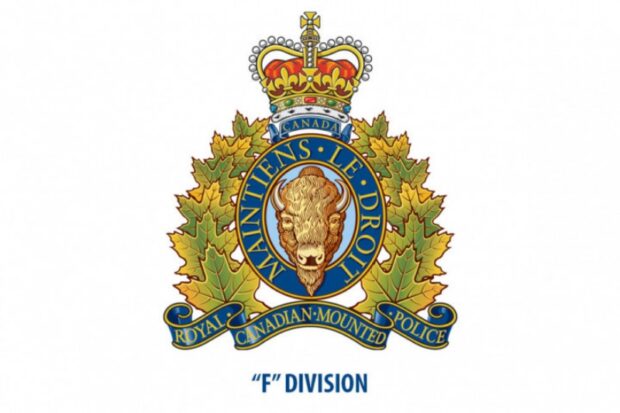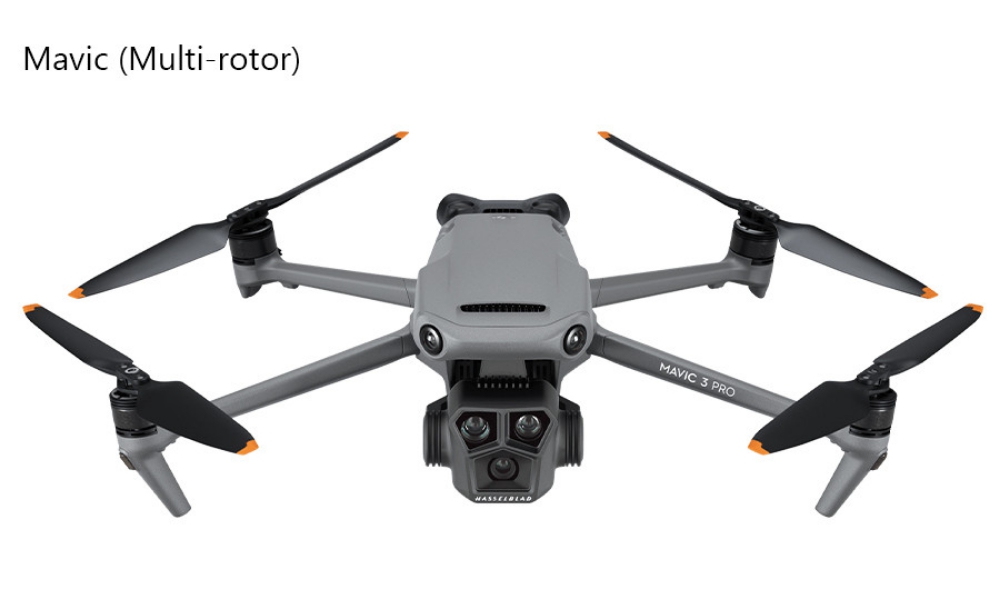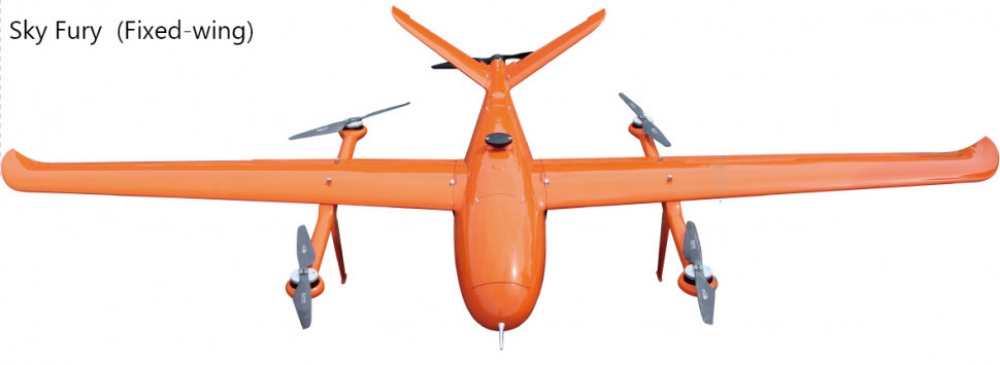The Saskatchewan RCMP polices 99% of the 651,900 square kilometres that make up the province. In order to provide efficient and effective policing services, it is important to modernize and keep up with advancements in technologies to help ensure public safety.
That’s why the Saskatchewan RCMP has been employing Remotely Piloted Aircraft Systems (RPAS), commonly referred to as drones or unmanned aircraft, to capture aerial images and videos in support of RCMP policing operations since 2010.
In January 2023, the Remotely Piloted Aircraft System (RPAS) ‘Expansion Project’ began with the objective of having at least one RPAS pilot and one unmanned aircraft in every detachment across Saskatchewan by April 2024. The objective of this Expansion Project is to ensure members have the necessary tools available to them – allowing them to respond to calls quicker and more efficiently when warranted.
To date, 29 front-line detachment officers have been trained as RPAS pilots and 33% of Saskatchewan RCMP detachments have an unmanned aircraft available to them.
Why utilize air support for police operations?
Unmanned aircraft allow RCMP officers to approach investigations, unfolding critical incidents, and public safety concerns in a more modern, innovative, and efficient way. Calls for services can be responded to quicker, crime scenes can be seen from a bird’s eye view, and suspects can be located with lower risk to them, the public and our officers.
Effective and efficient – Unmanned aircraft can cover a large area in a short amount of time when conducting a search and rescue mission for a missing person. For example, Meadow Lake RCMP recently deployed an unmanned aircraft after receiving a report of a missing hiker. The hiker, who ended up being approximately 500 metres off the marked trail, was spotted by the RPAS pilot who identified the hiker’s GPS coordinates. This allowed officers on ATVs to easily locate the individual and bring them to safety – time is of the essence when dealing with harsh weather conditions and/or vulnerable missing people.
Lower risk of danger for both officers responding to a call and nearby community members – Unmanned aircraft can increase accuracy when locating and monitoring a suspects’ location and determining if they are armed. This allows for the Saskatchewan RCMP to respond to unfolding incidents with an appropriate number of officers and specialized tools if necessary. By gathering timely and accurate information, officers can also clear areas of a community if there is a safety risk.
Aids investigations for vehicle collisions and major crime scenes – At a crime scene, evidence can easily be spotted from the aerial view which may not be as easily spotted from ground level. For example, the Saskatchewan RCMP’s Collision Reconstruction Analysts are able to use an unmanned aircraft to gather evidence after motor vehicle collisions (eg. tire marks, pieces of a vehicle, etc.). It also allows for evidence to be presented in court from an aerial vantage point, encompassing the whole scene.
What types of unmanned aircrafts are used by Saskatchewan RCMP?
Mavic (Multi-rotor)
- Employs a multi-rotor vertical takeoff-landing method
- Can operate up to 1 hour
- Flies up to 65 km/h
Used for:
- Crime scene photography
- Motor vehicle accident reconstruction
- Rapid reconnaissance of hazardous environments
- Short-term critical incident monitoring
Sky Fury (Fixed-wing)
- Employs a multi-rotor vertical takeoff-landing method, once airborne transitions to fixed-wing “cruise” flight
- Can operate up to 7 hours
- Flies at 90 km/h while in “cruise” flight
Used for:
- Search and rescue of missing persons
- Responding and monitoring critical incidents (eg. armed and barricaded individual in a house)
- Disaster response (eg. monitoring a forest fire approaching a community)
The public’s privacy matters!
The safety and privacy of the public is of the upmost importance to the Saskatchewan RCMP. These unmanned aircraft are only used to assist investigations and calls for service when warranted.
- If there is an expectation of the public’s privacy, officers must obtain a judicial authorization or consent from the property owner to employ an unmanned aircraft. Consent and judicial authorization are not required when operating within public property such as streets, roads, parks, Crown land, etc.
- The RCMP does not use unmanned aircraft to perform widespread surveillance under normal circumstances. Unmanned aircraft can be used for surveillance purposes only with prior judicial authorization, or where urgent/serious incidents impacting public safety make it impractical to first obtain a search warrant.
- RPAS pilots are required to document every unmanned aircraft flight – Where the flight took place, why it took place, and for what purpose. This ensures the technology is being used properly and following Federal laws and regulations.
- The video/images captured by the unmanned aircraft is not equipped with facial recognition technologies nor does it have the ability to analyze footage or still images for the purpose of facial recognition.
- In the event that images must be retained for investigative purposes, the digital files must be stored as an exhibit on the operational file (e.g. crime scene footage to present to the Court) in a secure RCMP building.
Battlefords RCMP launches Air Support Pilot Project
The Saskatchewan RCMP has seen proven success using Remotely Piloted Aircraft Systems (RPAS) throughout the province, which is why the Battlefords RCMP is enhancing their air support capabilities by using an RPAS during active calls for service.
From August 25th to August 26th, the 2-day pilot project will consist of employing the Sky Fury, a fixed-wing aircraft, to support officers actively responding to calls in the community of North Battleford. All flights that take place are limited to active calls for police presence, focusing on unfolding events only. A trained and certified RPAS pilot will employ an unmanned aircraft to assist front-line police officers during calls for service, where a secondary employee will relay information seen on the video feed to officers responding to the call.
The objective of this project is to provide situational awareness for on-the-ground officers responding to a call for service in a small-urban environment, such as but not limited to:
- Proactively describing an active crime scene to officers who are driving to the call
- Quickly locating suspects fleeing from a crime scene (eg. Break and enters, shootings, etc.)
- Quickly locating suspects who failed to comply with police (eg. Impaired drivers fleeing from police in a vehicle)
All levels of support have the goal to improve efficiency and effectiveness when responding to calls – as well as ensuring the safety of the public and officers responding. The Battlefords RCMP will be generating statistics and reports regarding the effectiveness of the 2-day trial period – which could pave the way, if proven successful, for other detachment areas requiring the same level of air support.
*North Battlefords’ city council and local leaders have been invited to a live demonstration of the RPAS prior to this two-day pilot project taking place.
Saskatchewan RCMP – Improving and Enhancing Policing Services
The Saskatchewan RCMP continues to research and explore effective strategies and technology to support and enhance front-line policing. Utilizing this type of air support strengthens the mandate of preventing and investigating crime, as well as ensuring the public’s safety.
“We’re really excited to see this project take flight. By utilizing this innovative technology, we are able to provide crucial air support for our officers on the ground in real time. Expanding this to all of our detachments across Saskatchewan, will most certainly increase our ability to effectively respond to crimes in progress and support search and rescue operations much more efficiently,”
says Inspector Devin Pugh, Officer in Charge of Saskatchewan RCMP’s Support Services Section.
Source: Press Release



